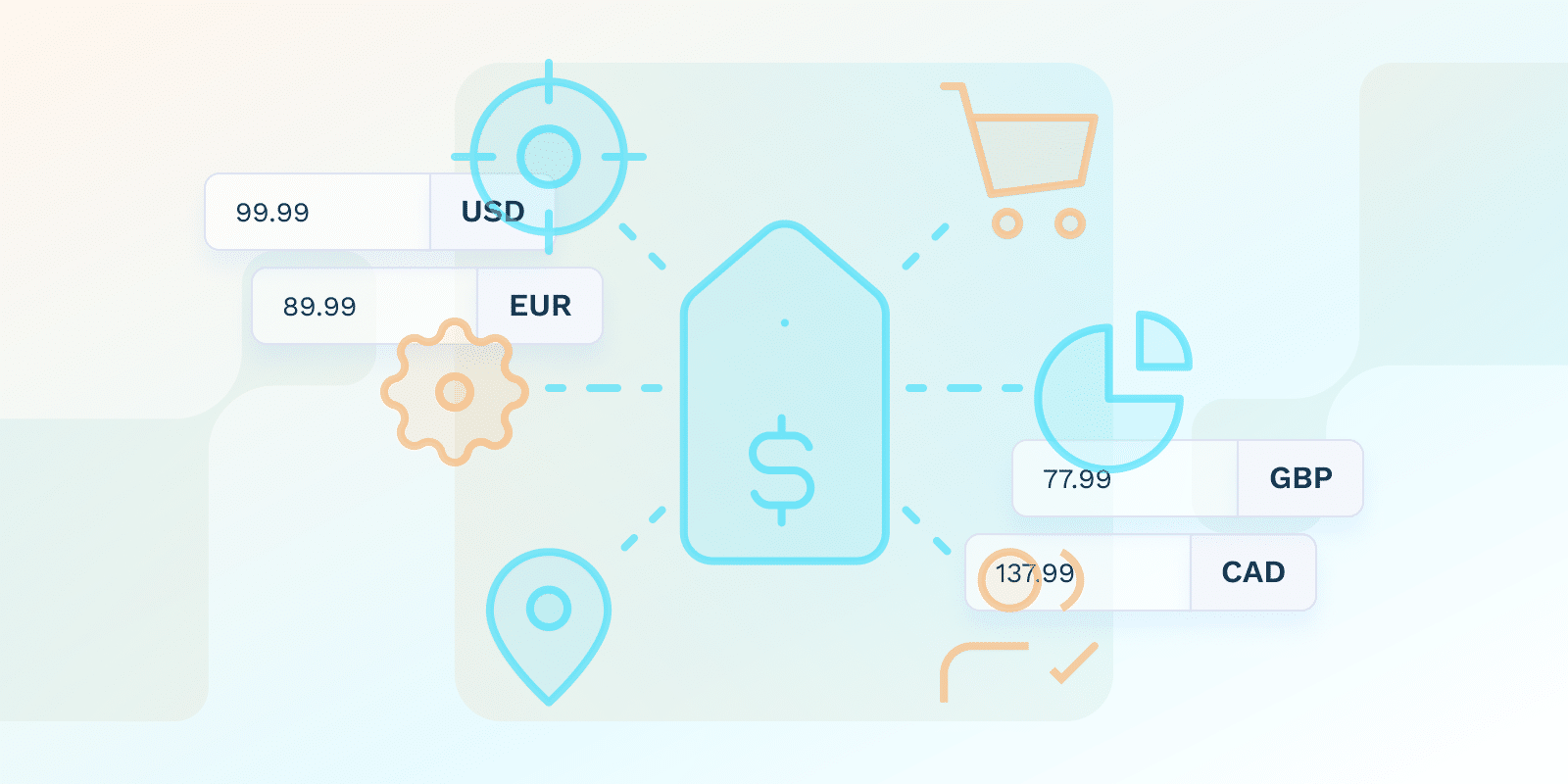What are SaaS Pricing Tactics?
Pricing Tactics

What are SaaS pricing tactics?
SaaS pricing tactics refers to the ways that SaaS companies price their products and services. Rather than focusing solely on the price, it should also change how customers perceive value.
Tactics include:
- Price Anchoring: Showing more expensive options to change affordability perceptions.
- Odd-Even Pricing: These prices end in odd numbers; it’s common to see pricing of $19.95/mo, for example.
- Free Trials: These normally range from 7 to 30 days. Customers can try the product, but they might need to include their credit card.
- Limited Time Offers: Setting offers for a period of time (e.g. days) before moving back to full price.
- Social Proof: Using what other customers have said and client results.
- Value-Framing: Outlining why users should buy a product (e.g. automation features).
- Guarantees: You should consider having money-back periods.
You should consider using combinations, such as price anchoring and introductory offers. Experiment to see which ones work for your business and which ones don’t.
How do I choose the right pricing tactic for my business?
To understand which pricing tactic to choose, you need to think about your own needs. Consider these aspects.
- Target Audience: Think about their budget and what you’re trying to solve.
- Value Proposition: You need to think about what makes your product stand out.
- Revenue Goals: Look at your costs and set a clear goal for profits.
- Analysis: Look at pricing tactics already used by your competitors.
- Complexity: Think about your product’s skill level. Consider onboarding and other factors.
- Acquisition vs. Retention: Think about whether your main objective is to find new customers or keep those you already have.
If you don’t know where to start, you should try different tactics and combinations. Use the data you receive to determine next steps.
How do I determine the optimal price point for my SaaS product?
Optimal price points will differ, and you need to find a balance. Look at these aspects as a starting point:
- Cost-Plus Pricing: Calculating costs and deciding on a profit margin.
- Value-Based Pricing: The value of which your customers think your product is.
- Competitor-Based Pricing: Look at how much your competitors are charging for products and services.
- Experimentation: Find out for yourself what does and does not work.
- Feedback: Ask customers how much they would pay for your product/service.
Review your pricing as your product and the market shifts, and as you add new features.
Can I combine pricing tactics with pricing strategies?
Tactics and strategies are two different things, but you should think about combining them.
- Tactics: Implementation (i.e. “the how”). Here, you use methods like per user, per month.
- Strategy: Reasoning (i.e. “the why”). Penetration-based pricing is one example.
One example of combining pricing strategies and tactics is a free trial before they then shift to tiered pricing and select an applicable option.
How can I experiment with pricing to optimize revenue and customer satisfaction?
Ways to experiment are:
- A/B testing: Split-test pricing models and how much you charge for your product.
- Promotional offers: Consider introductory pricing (e.g. for the first year).
- Usage-based: Charge based on how much data, etc., customers use.
- Feedback: Conduct surveys and get information on what customers would pay.
Track these results with analytics software.
Conclusion
Pricing tactics vary from product to product, and you need to choose the right combination. Start by assessing the different choices and test-iterating with your target audience. Refine your pricing tactics over time and consider looking at what competitors are doing.
Ready to get started?

